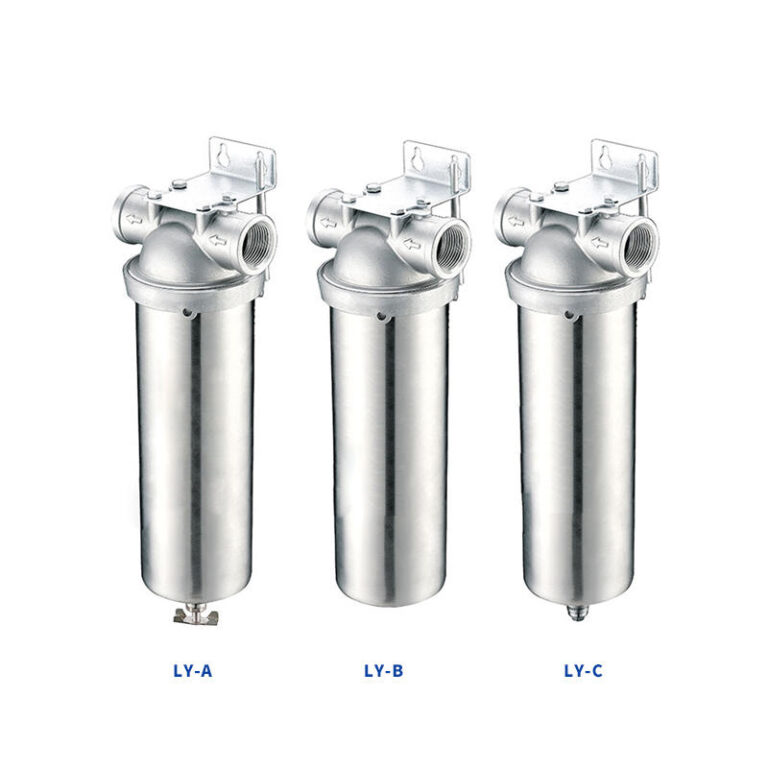Understanding and Preventing the Five Key Types of Unauthorized Access
The right Access Control System for your company requires an understanding of the concept of “unauthorized access” and the different forms it may take. Understanding these types will be the initial step towards finding out if an access control system can satisfy your security requirements. These are the five most common kinds of access that are not authorized and ways to combat these types of access:
Tailgating
A common unauthorised approach to access. Tailgating takes place when unauthorized people are able to follow authorized users through doors. To stop this from happening, you must educate everyone with a valid credential on the importance of security. Implementing physical barriers, such as mantraps, turnstiles or turnstiles that let only one person at a given time to be allowed and sound alarms when there are unsuccessful attempts could significantly decrease instances of tailgating.
Door Propping
It is often done to facilitate access and convenience; propping doors unintentionally permits unauthorised access. Systems for controlling access to can detect the propped doors, and then alert personnel effectively tackle this issue.
Forced Entry through Levering Doors
Doors that open by levering with tools such as screwdrivers or crowbars is not uncommon. Modern access control devices that incorporate alarm triggers and monitored forced doors are extremely efficient in detecting these attacks, in spite of their risk of false alarms, or databases problems.
Misused Keys
Lost keys, stolen or borrowed keys are significant security risks. The issue is made worse when the loss is not noticed for a long time. Electronic key management tools that monitor key usage and work into access control system can provide the highest level of security to prevent unauthorized access.
Vulnerabilities in Access Cards
Although electronic keys offer an innovative alternative in place of traditional keys they also carry the same risks, including being stolen, lost or shared. The four primary kinds of access cards – magnetic stripe proximity, proximity cards, smart proximity as well as contact smart cards each has their own weaknesses in common, with magnetic stripe cards the easiest to duplicate. Increasing security by using photos for identification and the integration of biometrics could greatly increase their security.
In any business, unauthorised access to the network can pose serious security risks. Knowing the most commonly used methods of unauthorized access is essential when choosing the most efficient security measures for access control. If your company is susceptible to one of these threats choosing solutions that specifically address these issues is crucial to maintain the highest level of security and protecting your assets.

In the end, effectively controlling and preventing access by unauthorized persons is an essential aspect of ensuring security in any business. Through understanding the most common ways by which access to information can occur, such as tailgating door propping and forced entry, the use of keys for unauthorized access and access cards, businesses can take proactive measures to strengthen the security of their premises. Implementing sophisticated access controls, informing employees on security protocols and implementing technologies such as biometric and electronic key management authentication are vital strategies in this effort.






